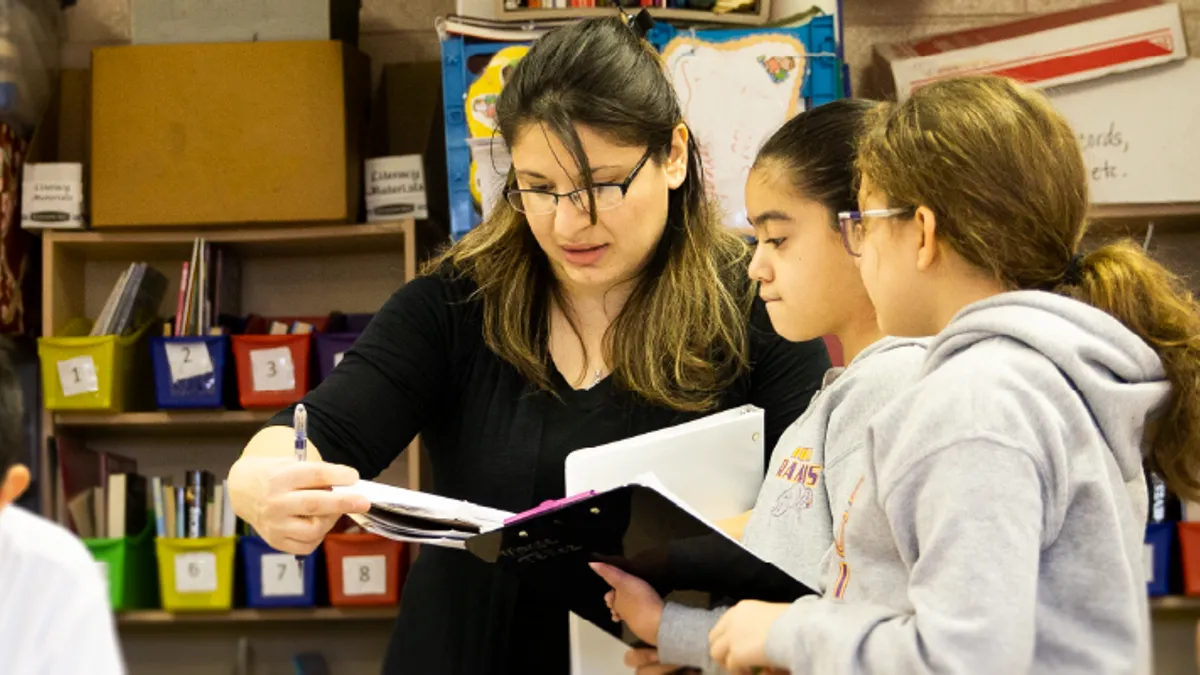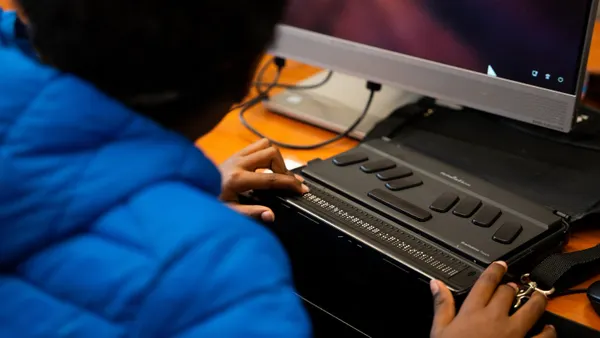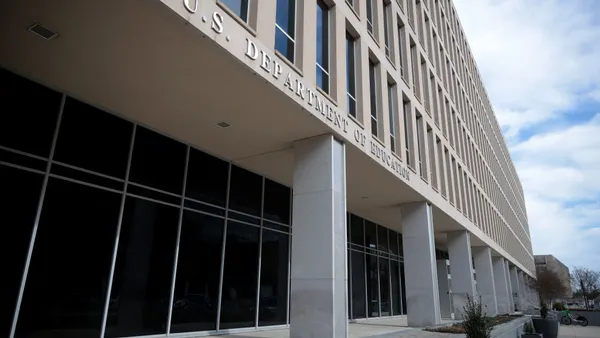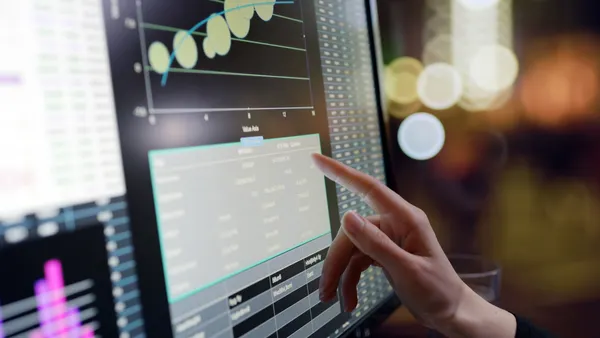Dive Brief:
- Educators can adopt a variety of tech tools to help enliven classroom projects such as dioramas, giving classrooms access to a variety of apps and sites to help students showcase their learning virtually rather than just creating a physical work, Matthew X. Joseph, director of curriculum, instruction and assessment for Leicester Public Schools in Massachusetts, writes for Edutopia.
- Some of Joseph’s favorite tools include Flipgrid, Buncee and digital portfolio site Seesaw. Through these, classes can build QR codes — which can take a viewer to a digital site, a video, outside images and more when viewed through a smartphone camera — or augmented reality (AR) content to overlay more details onto their physical project.
- In creating virtual content, from QR codes to AR imagery, students not only share more about what they’ve learned, but also help make their projects more engaging for viewers.
Dive Insight:
As schools return to in-person learning, many of the virtual and digital tools adopted over the past year can be woven back into the classroom — and doing so is particularly critical to maximizing the emergency investments in digital school modernization during pandemic remote learning.
Educators may likely have more access to new technology than at any other time in the past. Whether it’s more digital devices that can be brought home or students having more familiarity with new tools such as QR codes, these options can expand the classroom beyond its physical walls.
In many cases, students have also grown more comfortable in the past year using online resources throughout their day. And educators can continue to tap into these digital skills in a variety of ways that can augment the lessons taught in the classroom.
One way can be to use virtual field trips, accessible from a school computer or at home, that can open the door to additional experiences and research. From The Nature Conservancy or the Museum of the City of New York to NASA or the Bronx Zoo, multiple organizations offer virtual educational trips on subjects as far ranging as women’s suffrage or climate change, and across multiple grade levels.
For schools that invested in new technology, from handheld devices to robotic kits, these can also be adapted to augment STEM lessons. Classes could, for example, engineer models of an ancient city for a history class, or construct competitive games. Smartphones too can be put to use for assignments, with students recording themselves talking about a project, for example, linking to these videos through self-generated QR codes, and then attaching them to a final project — even if it’s something as simple as a hand-drawn turkey.












